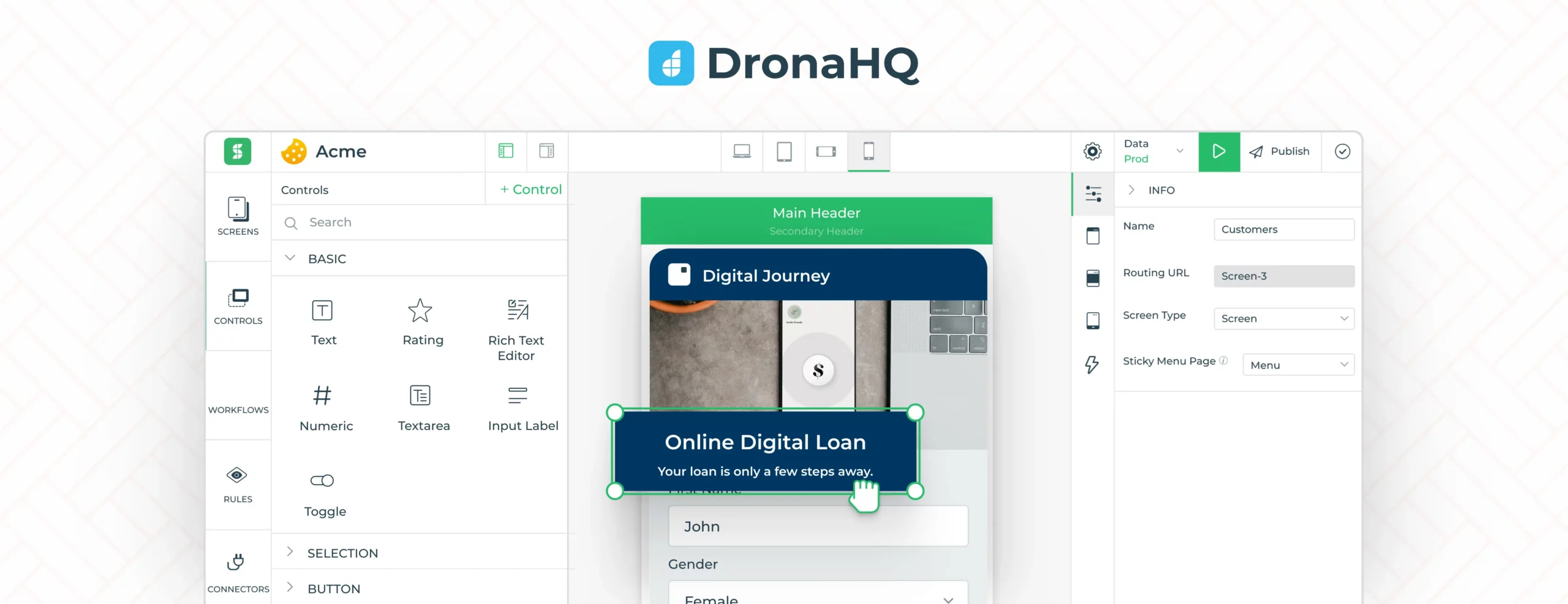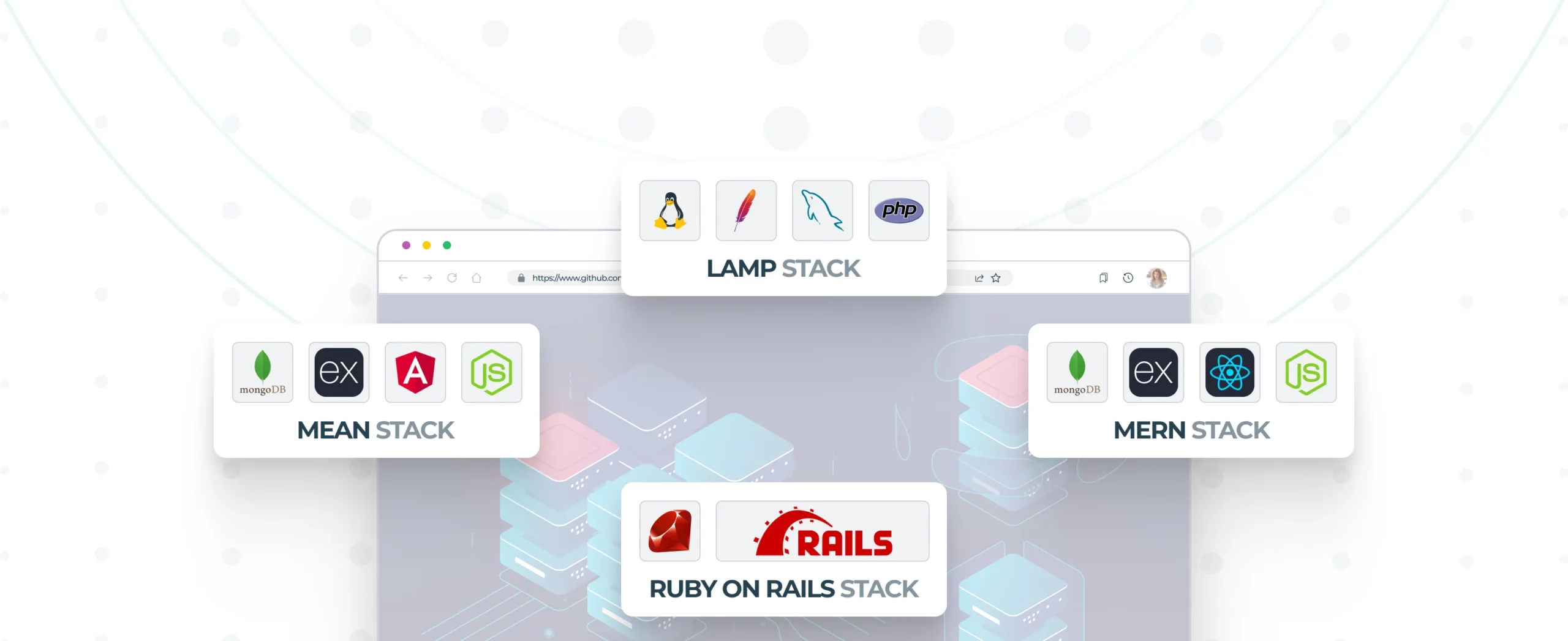

Pioneering the low-code revolution in India and beyond
In conversation with CXOToday: Building for modern engineering teams. DronaHQ co-founder and MD, Jinen Dedhia, sat down with CXOToday to reflect on the platform’s journey—from its early enterprise mobility days to becoming a low-code solution built around developer efficiency. In this candid Q&A, he talks about post-Covid growth, the evolving role of low-code in India, and what’s next as we build towards an agentic AI future.
Original article published on CXOToday: Pioneering low-code revolution in India and beyond
1. The company was incepted in 2007. How has your journey so far been?
DronaHQ started as an enterprise mobility platform in 2008, at a time when enterprises were just beginning to explore mobility. Over the years, we evolved alongside the needs of modern engineering teams. The journey has been one of continuous evolution. Moving from mobile frontend container to a full-fledged low-code application development platform that helps enterprises build internal tools faster. A key part of this journey has been understanding and solving developer pain points. We’ve always focused on empowering engineering teams, giving them the flexibility to build applications at speed while maintaining scalability and security. The market’s acceptance of low-code has accelerated, and today, DronaHQ serves enterprises, fast-growing startups, and mid-market businesses across the globe.
2. After Covid, how is your business doing? Planning to raise any funds?
The post-Covid world has been a turning point for low-code adoption. With the shift towards remote work, digital transformation, and automation, we saw a surge in demand for platforms that could help companies build applications quickly without depending entirely on stretched engineering teams. Our business has grown significantly, with an increasing number of large enterprises, startups, and mid-sized companies adopting DronaHQ to build mission-critical tools. We are currently focused on doubling our Q-o-Q net new ARR, launching our Agentic AI on top of our rcck solid low code platform, expanding our ecosystem, and fine tuning our go-to-market rather than raising funds at this moment.
3. What are the prospects of low-code development in India?
India has one of the fastest-growing developer ecosystems in the world, but there is also a growing gap between demand and supply of engineering talent. Low-code is not about replacing developers, it’s about amplifying their capabilities. As businesses aim to move faster, there’s a strong push toward developer productivity, automation, and agility, all of which low-code platforms enable. We are seeing Indian enterprises and startups increasingly adopt low-code for internal tools, workflow automation, and even customer-facing applications. As regulatory frameworks like Digital Public Infrastructure (DPI) and India Stack evolve, there will be even more opportunities for organizations to leverage low-code to build on top of government-led digital initiatives. India is at the cusp of a low-code revolution. With a vast pool of skilled backend engineers but a skewed ratio of backend to frontend developers, DronaHQ platform is helping engineering teams empower backend and junior engineers and help them quickly put a frontend together and connect to various data sources. India is rapidly catching up with global low-code trends, and we see exponential growth in the next 3-5 years.
4. Please share your business model
DronaHQ operates on a flexible pricing model designed to support businesses and use cases of all sizes. We offer multiple pricing structures, allowing teams to choose what best fits their needs: usage based pricing, user based pricing, developer only pricing. Our customers range from small businesses to Fortune 500 enterprises, with use cases spanning internal applications, workflow automation, front-end interfaces for databases, and customer portals. We also offer enterprise licensing models for companies that need on-premise or private cloud deployment with added security, compliance, and governance features. Our focus remains on helping businesses build software faster while reducing development costs and dependency on large engineering teams.
5. Your client list is impressive. How can low-code benefit large enterprises?
Large enterprises amidst their large business applications have a need for many peripheral and LoB applications along with complex workflows, legacy modernizations and ever evolving compliance related applications. Most of the times they want it yesterday and want to do it most efficiently. This often makes traditional software development slow and expensive. And this is where Low-code finds it sweet spot in large enterprises
- Speed: Teams can build applications 10x faster than traditional development using drag and drop UI components
- Integration-friendly: Enterprises can connect legacy systems, APIs, and modern databases without extensive coding
- Resource savings: Reduces dependency on large engineering teams while maintaining scalability
- Governance & security: Enterprise-grade low-code platforms like DronaHQ ensure compliance with security policies
Some of our largest customers have used DronaHQ to modernize their existing internal tools, automate manual processes, and create front-end experiences for their data—all without long development cycles.
6. What are your future plans for the next 2-3 years?
In our world view → Next decade is going to be all about agentic AI with strong reasoning capability. Keeping AI central to our strategy we will be working towards best in class developer experience, integrations to help developers build apps 10x faster. Our key areas of investment include: GTM – expand our markets, product expansion to cover full stack application development & build a robust community.
Originally published at: https://cxotoday.com/interviews/dronahq-pioneering-the-low-code-revolution-in-india-and-beyond/


